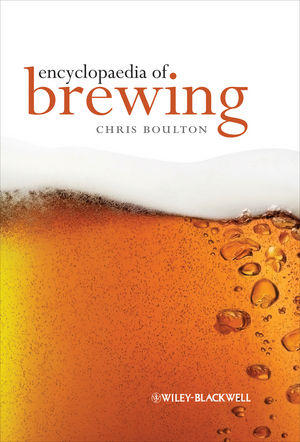What’s instore for beverage fillers
SKU proliferation continues to impact equipment

Beverage filling machines never cease to take center stage when planning, designing or integrating complete production line installations. Why? It is a straightforward reason because the filling operation usually determines which supporting machines and equipment will be necessary to configure a final line plan and design.
With such a sustained, important position, the constant change syndrome (CCS) dictates a proactive approach that should be used when considering alternative filling machines upon which to base effective, productive and economical decisions. And, what current and future factors will be significant enough to impact beverage filling operations?
The past
In retrospect, the transition of the beverage filler has been reviewed, discussed, evaluated and analyzed multiple times during the past 15 years, providing some basic and fundamental issues that were pertinent to beverage filler designs and selection.
Based on past findings, interim developments, reviewing current conditions and realistically assessing beverage-filler applications, needs and results, many issues have increased in scope and have become more complicated for application.
The present
Even though the basic rotary-filling concept remains in place, there are numerous drivers that continue to have an impact on filler design, selection and application. Recognizing what the drivers are has presented a real-time challenge to determine whether a “one-size-fits-all” filler can or ever will be developed for the broad range of products in the beverage industry.
Some of these drivers need to be considered, first product characteristics, including cold-fill, carbonation levels, hot-fill (pasteurization) and acidity content. Second, container materials, sizes and configurations need to be assessed. Third, desired/required output quantities and line speed-limits should be considered. Fourth, fill-level measurements, requirements and capabilities, all are realistic, definitive criteria issues involved in filler design and selection.
Most filler manufacturers consider these issues, as well as specific requests from bottlers, for custom designs; however, in this process it has been found that product characteristics, among all the criteria, becomes the important items in developing various filler designs or making major modifications.
The prime question is: What should filler capabilities be to run product A, B or C? This one item, alone, will continue to play a significant role in future beverage filler design. Current brand SKUs, and those attempting to enter the market each year, are known for possessing numerous variable characteristics, which actually provide an on-going challenge for filler designers.
Focusing on product variability, making filler machine adjustments and projecting future filling expectations brings attention to filler nomenclature. The following are some examples: having the proper filling bowl, using the appropriate metal designed for intended flow rates is a continuing operating problem; maintaining required temperatures and carbonation levels also are must-watch attributes during product-flow control from preparation to filling bowls; determining and using filling tubes and valves compatible with the product is essential for high productivity; using proper sealing rubbers, where applicable, to prevent losses can be a serious problem; and platforms, stirrups and snifters on specific fillers require physical adjustment as products continue to make demands on machine capability.
Current new, rebuilt or modified filling machines, per se, essentially have been designed or reworked because product characteristics have required changes. Actually, the situation becomes the basis for projecting possibilities and potentials for future filling-machine technology. The approach must be pragmatic, realistic and consider the years of experience filler manufacturers have had developing current technology. After 50-plus years of operating exposure to all types of rotary fillers, it might be difficult to perceive a universal configuration that will accomplish the “one-size-fits-all” idea.
The changing demands that the industry poses will become greater, challenging design engineer minds to the nth degree.
The future
Some observations and comments are projected:
- Any future filler design concepts or alterations will affect the entire support equipment arena, which classifies the subject as top priority.
- Any existing criteria could become a moving target because the demands for filling machine capabilities will require new features and changes on a high-frequency basis.
- The SKU explosion will continue and pose filling equipment design, processing and packaging challenges in order to stay ahead of the market.
- Machine materials will be developed to accommodate a wide variety of product characteristics and enhance line flexibility.
- Auxiliary filler components will be developed to cope with viscosity, speed, flow rates, temperature variations and container configurations.
- Filler construction will be designed to enable efficient, economical and safe sanitation and maintenance requirements.
- Higher filler-speeds will be limited and/or constricted by product and container designs.
- Future fillers might never reach a universal design; however, the factors, drivers and demands on filler capability are infinite.
Looking for a reprint of this article?
From high-res PDFs to custom plaques, order your copy today!






